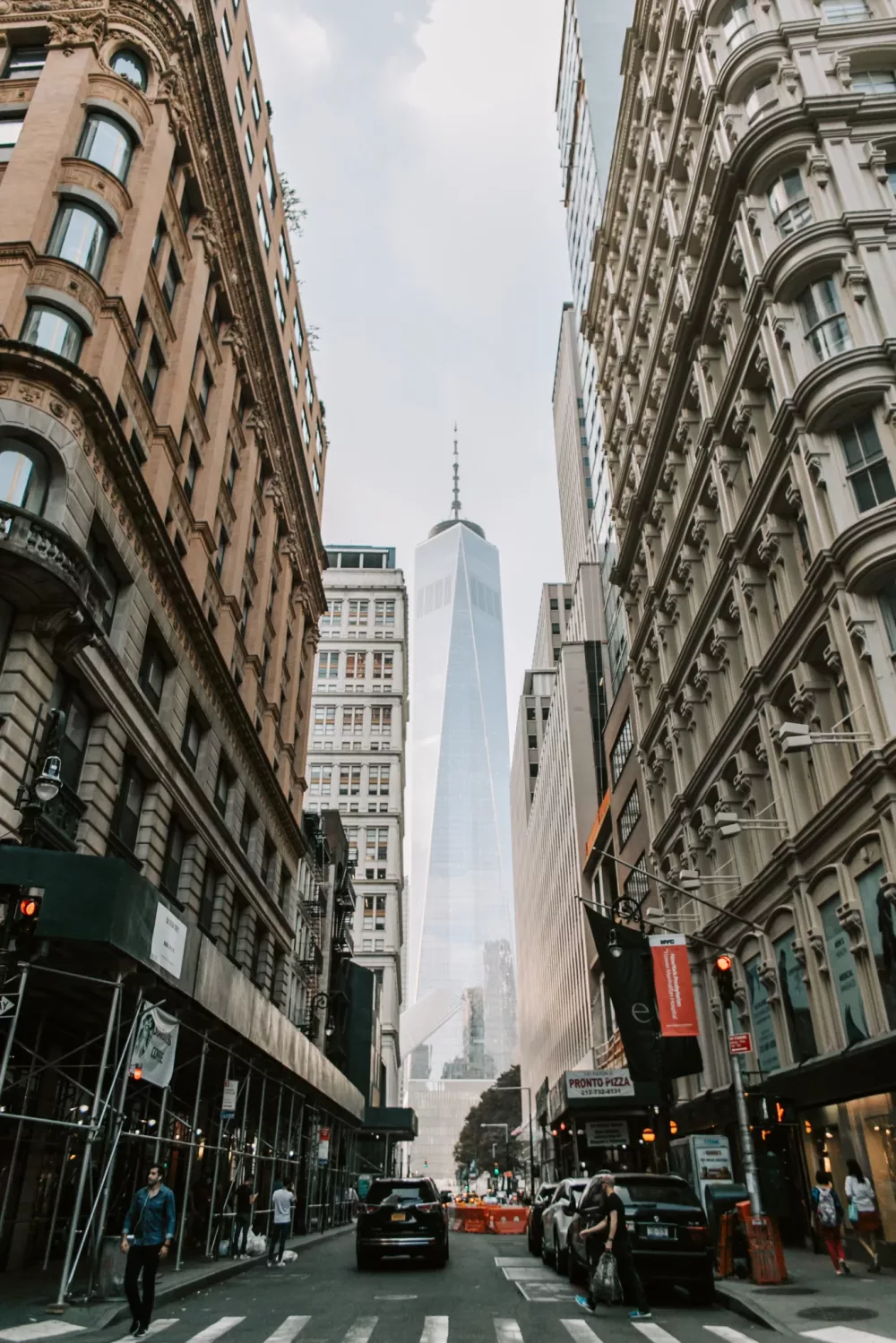The 911 Memorial Museum, located in lower Manhattan, New York City, is a place of remembrance and reflection for the nearly 3,000 people who lost their lives in the September 11, 2001, terrorist attacks. The Memorial and Museum serve as a powerful reminder of the events that occurred on that tragic day and as a tribute to those who lost their lives.

911 Memorial Museum: A Tribute to the Victims of the September 11 Attacks
History of the Memorial and Museum
The 9/11 Memorial Museum were designed by architect Michael Arad and landscape architect Peter Walker and were constructed on the site of the former World Trade Center. The Memorial consists of two large reflecting pools set within the footprints of the original Twin Towers and is surrounded by a grove of trees that were carefully selected to create a peaceful atmosphere in the midst of the bustling city.
The Museum, which opened its doors in May 2014, is located beneath the Memorial Plaza and houses artefacts, exhibits, and personal stories that honor the victims of the attacks.
9/11 Memorial
The Memorial is open to the public every day from 7:30 a.m. until 9:00 p.m. and is free to visit. The two reflecting pools, each nearly an acre in size, are lined with bronze panels that list the names of every person who died in the attacks, as well as the six individuals who were killed in the 1993 World Trade Center bombing.
Visitors are invited to touch the names and leave tributes, flowers, or other items as a sign of respect.
The Memorial also features a tree known as the "Survivor Tree," which was recovered from the rubble of the World Trade Center site and nursed back to health. Today, the tree stands as a symbol of resilience and survival and is a popular spot for visitors to pause and reflect.

9/11 Museum
The 9/11 Museum offers visitors the opportunity to learn about the events of September 11, 2001, through a variety of 9/11 Museum artefacts. The Museum's collection includes photographs, audio and video recordings, personal effects, and other items that tell the story of the day's events and their aftermath.
One of the most notable artefacts in the Museum's collection is the Last Column, a 36-foot-tall steel column that was the final piece of steel removed from the World Trade Center site. The column, which is covered in mementoes and messages from recovery workers and others who worked at the site, serves as a symbol of the hope and resilience that emerged in the aftermath of the attacks.
Other notable exhibits at the Museum include a display of wreckage from the World Trade Center, a gallery of portraits of the victims, and a room dedicated to the first responders who risked their lives to save others.

Planning Your Visit
The 9/11 Memorial and Museum can be emotional and overwhelming for visitors, but it is an important site to visit and pay respects to the victims of the attacks. Tickets to the Museum can be purchased in advance online or at the entrance, but it is recommended to buy tickets in advance to avoid long lines.
Visitors should plan to spend at least two hours at the Museum to fully experience the exhibits and displays. There is a coat check available for visitors who need to store any bags or coats while visiting the Museum.
Travel related articles
Are you are looking for more handy travel resources and travel tips like this guide? I think you should check out a few of our latest articles!









Leave a Reply